Reading Time: 17 minutesAbout a decade into my automotive journalism career, and a bit more than 10 years ago,
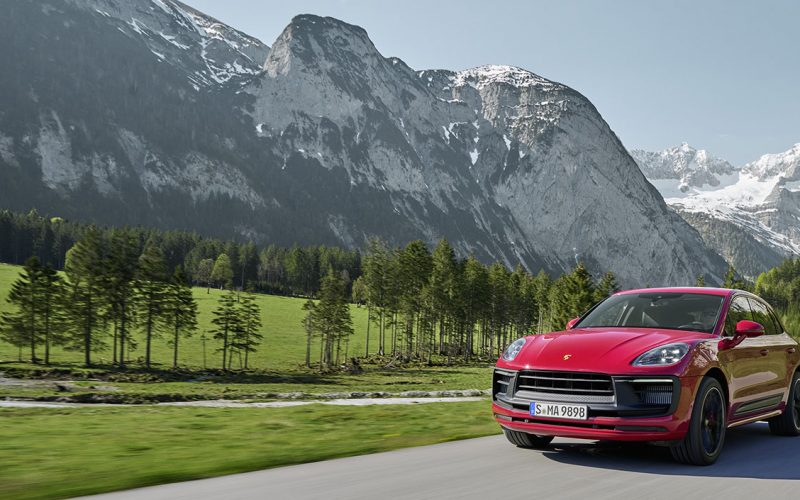
Reading Time: 8 minutesCall it the seven-year itch, but Porsche is updating its popular Macan compact luxury SUV for
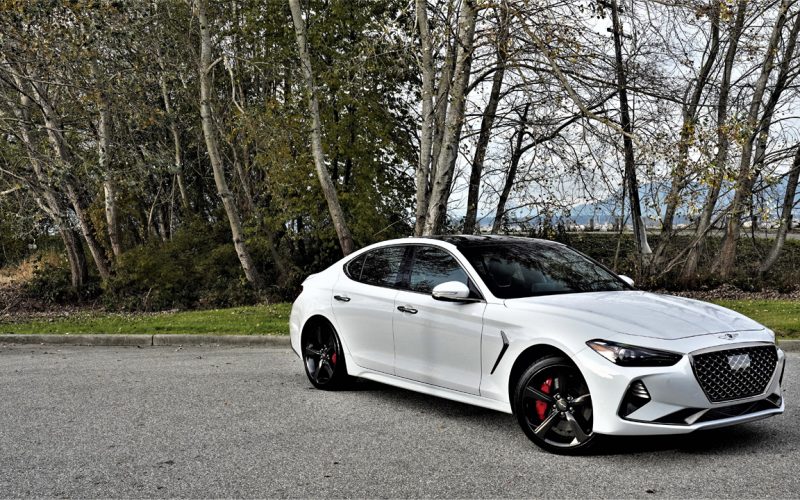
Reading Time: 11 minutesChoices, choices, choices. Should you choose the refreshed 2022 G70 that’s now starting to arrive at
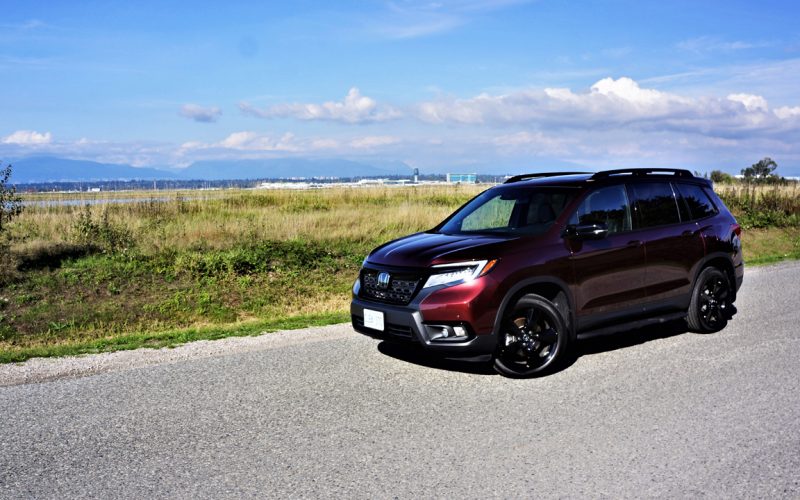
Reading Time: 16 minutesWith five-passenger crossovers regularly at the top of the mid-size SUV sales charts in North America,
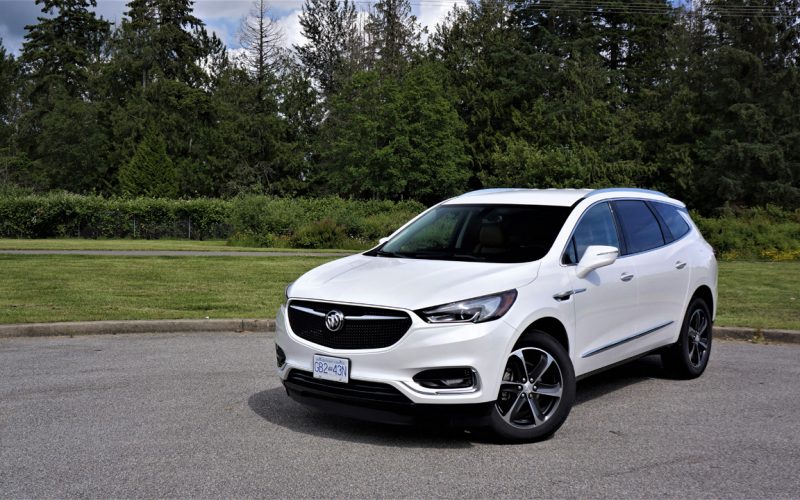
Reading Time: 13 minutesI’ve rarely heard anyone say anything negative about Buick’s styling, at least not during the most
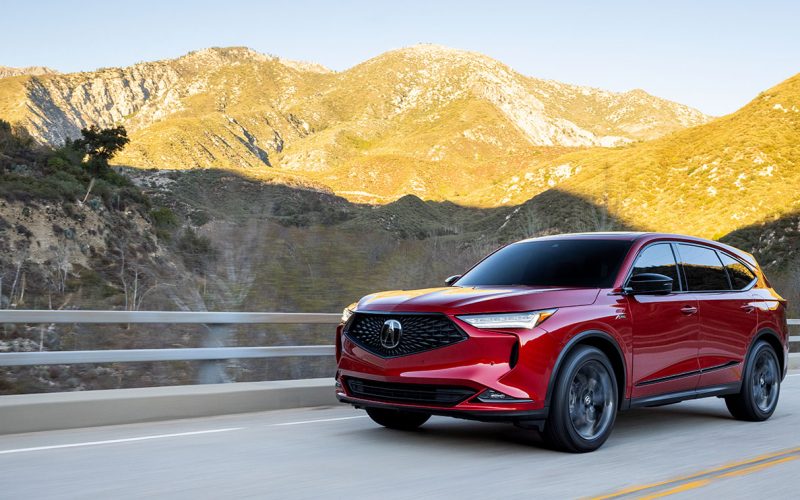
Reading Time: 2 minutesOff to a very good start, the totally redesigned 2022 Acura MDX has taken home a
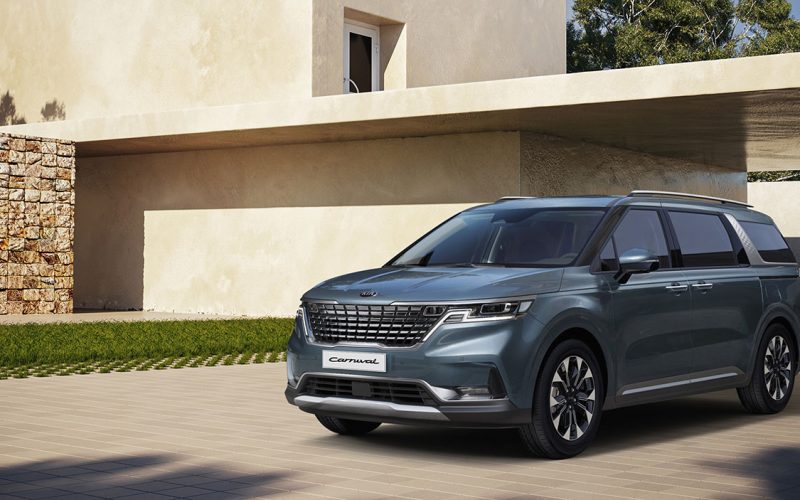
Reading Time: 5 minutesWould you rather ride around in a Carnival or a Sedona? While a Carnival sounds like
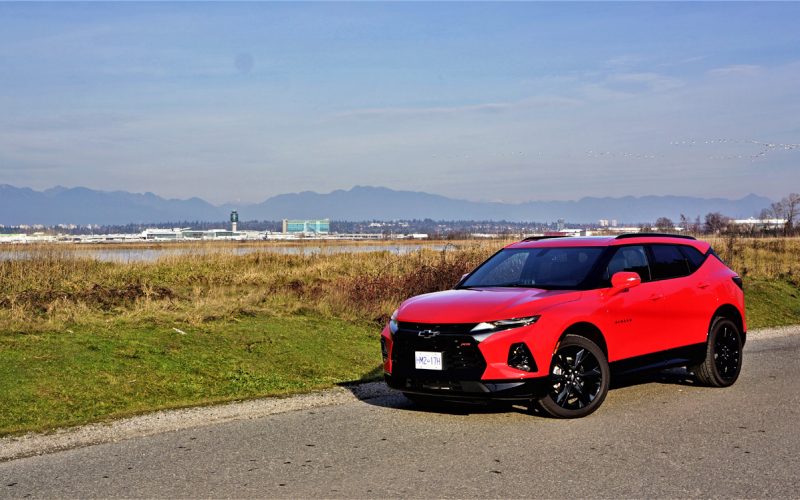
Reading Time: 8 minutesWhat do you get when you combine a Camaro and a Traverse? No, I wasn’t going
© 2025 The Car Magazine. All Rights Reserved, Privacy Policy | Terms of Use